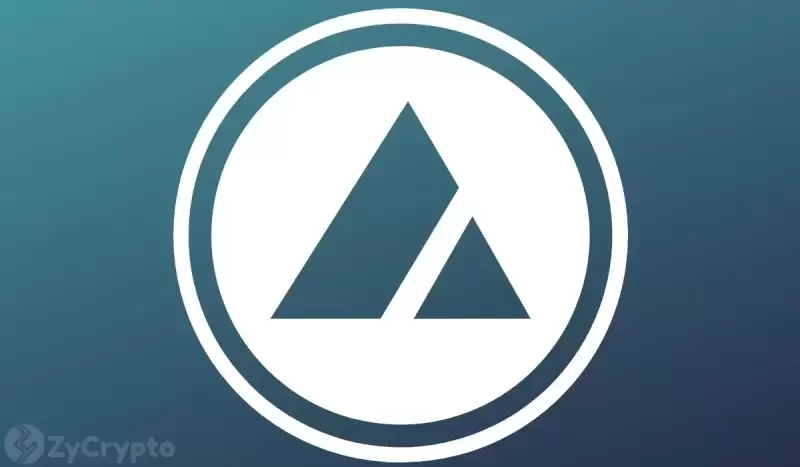 |
|
 |
|
 |
|
 |
|
 |
|
 |
|
 |
|
 |
|
 |
|
 |
|
 |
|
 |
|
 |
|
 |
|
 |
|
Cryptocurrency News Articles
L2 chains have drawn significant liquidity and users from Ethereum
Apr 03, 2025 at 03:39 am
L2 chains have drawn significant liquidity and users from Ethereum, but they barely contribute to the L1 chain in terms of burn rate.

Liquidity and users have largely flowed into L2 chains from Ethereum, but they are barely contributing to the L1 chain in terms of burn rate. Even the biggest L2 chains are not burning any ETH, adding to the network’s inflation.
L2 chains are still running on Ether (ETH) virtually for free. The extremely low gas price conditions and no demand for block fees means the daily burn of ETH has slowed down even more.
The outflow of revenues for Ethereum is just one of the factors affecting the network. DeFi is also shifting toward L2 and other chains, as Ethereum now carries just 51.3% of all value locked, down from over 53% in the past week. Ethereum carried over 60% of TVL in 2024, starting a trend of outflows from DeFi and DEX activity.
A handful of L2 have indeed managed to take some of the traffic off Ethereum, but have left the L1 in a weakened state, with all metrics going down in the first quarter of 2024.
Ethereum gains even smaller rent payments from L2
During peak times in 2024, L2 chains led to the burn of 261 ETH per day, adding to the extremely low network inflation. In 2025, a total of around 602 ETH gets burned every day, but the blob fee contract is not among the leading gas burners. Blob fees now burn 17.91 ETH in a whole week, as L2s does their best to avoid paying blob fees.
Even on busy days, L2 protocols pay only a few thousand dollars to the Ethereum L1, with fees often going down to zero.
Currently, the busiest network is still Base, with the biggest number of on-chain users and activity. The chain still pays $6.41K on a busy day, with near-zero payments in the past week. Base has more than $109K in daily revenues, most of it retained for the chain’s own validators and app producers. Even Arbitrum paid less than $400 per day for all of its activity, despite being one of the top L2s with the biggest DeFi sector.
The low rent from L2 coincides with an ongoing period of low gas fees for Ethereum. Currently, fees are back down at $0.02 for basic transactions, though rising to $0.48 for swaps. Ethereum is still widely used for stablecoins, which have flowed out of Arbitrum. Ethereum is still used to transfer USDT directly, to avoid additional bridging fees.
Are L2 cannibalizing Ethereum?
The initial launch of L2 chains led to significant token burns, with up to 10K ETH destroyed per day. The early stage of L2 also led to airdrop point farming, which boosted volumes temporarily.
L2 did manage to achieve cheap transactions, taking some of the volume off Ethereum. However, the chains continued to extract value from end users while paying back as little as possible to Ethereum.
Additionally, years after introducing L2 scaling, most chains are still relatively centralized. Only Arbitrum and Optimism have a Stage 1 status with partially decentralized transaction approval. All other chains rely on a centralized transaction sequencer, which poses risks for attacks or censorship.
L2 chains are also rarely cross-compatible and require a complex and risky ecosystem of bridging. Most L2 claim they are Ethereum maximalists, but only tap the available liquidity while running as an independent business chain.
Most L2 also have varying use cases, with some specializing in specific forms of DeFi. For now, L2 chains are extremely fragmented and often create cultures and communities widely diverging from the ideas of Ethereum.
Most of the activity is still concentrated within the top 5 L2 chains, while there is a total of 152 new networks that have the option to post on the Ethereum chain. The different types of L2 include optimistic rollups, ZK rollups, Validium, Optimum chains and legacy chains with no proofs such as Polygon.
Legacy chains such as ImmutableX and Polygon are key to the Web3 ecosystem, while newer chains have negligible activity and in some cases, only carry assets worth less than $1,000. The launch of new L2 was often tied to fundraising and token sales, but the past few years showed that demand for those types of chains is still extremely limited.
Cryptopolitan Academy: Want to grow your money in 2025? Learn how to do it with DeFi in our upcoming webclass. Save Your Spot
Disclaimer:info@kdj.com
The information provided is not trading advice. kdj.com does not assume any responsibility for any investments made based on the information provided in this article. Cryptocurrencies are highly volatile and it is highly recommended that you invest with caution after thorough research!
If you believe that the content used on this website infringes your copyright, please contact us immediately (info@kdj.com) and we will delete it promptly.
-

-

-

-

-

-

-

- Solana (SOL) Price Prediction: Is a Crash to $58 Imminent as the Crypto Market Crash Intensifies?
- Apr 03, 2025 at 11:20 pm
- Solana price is on the verge of the biggest collapse as the crypto market crash intensifies. With Donald Trump's tariff announcement, the bearish sentiments remain dominant in the financial market, affecting assets like Solana (SOL) and others.
-

-



























































